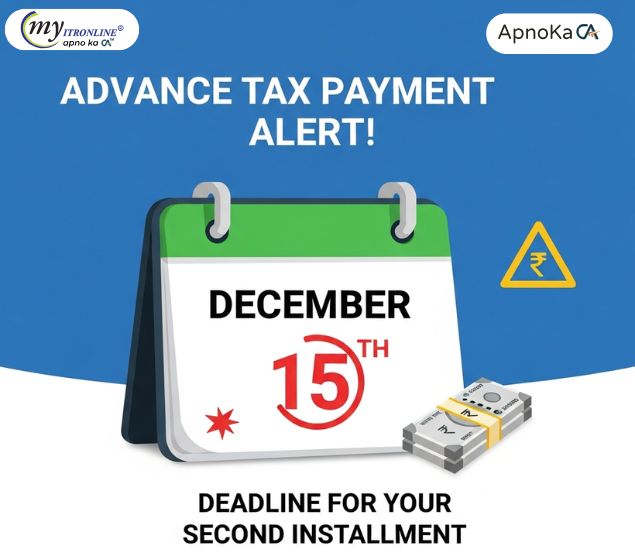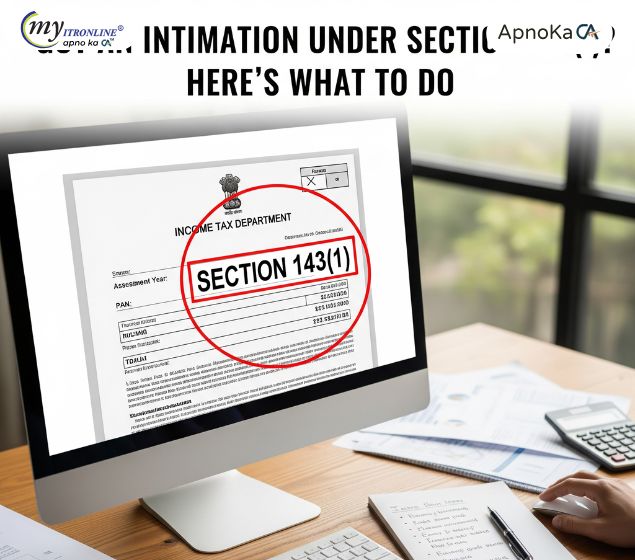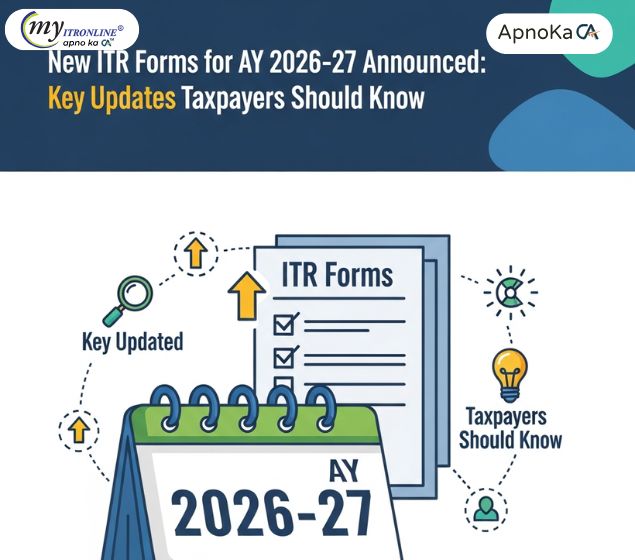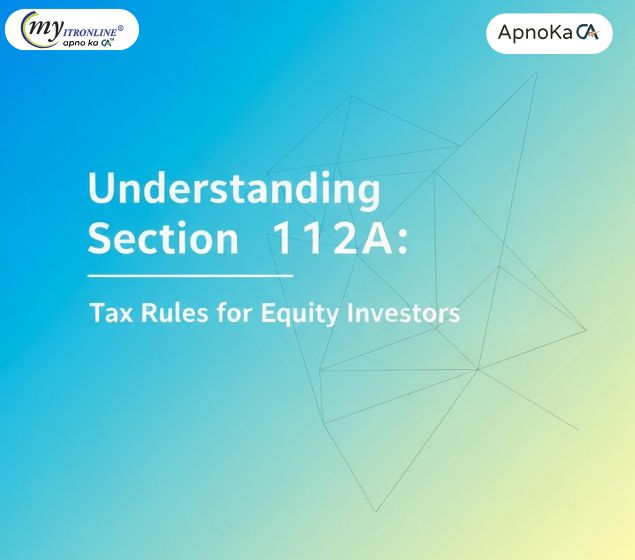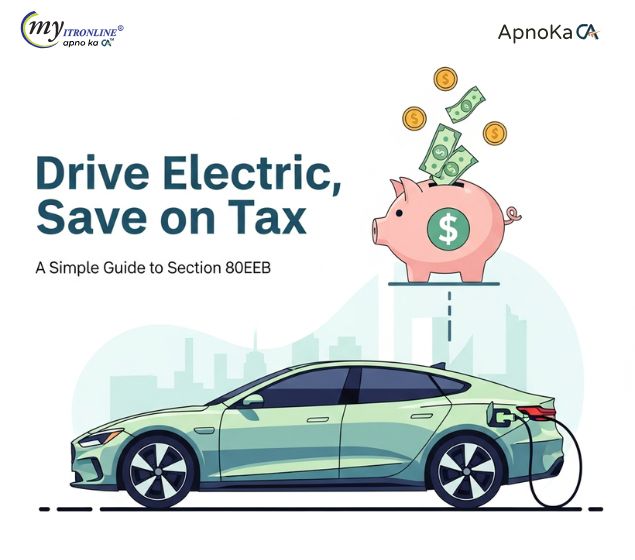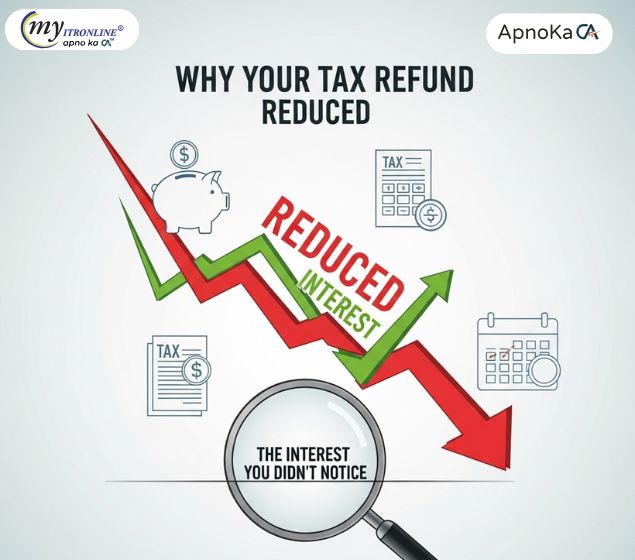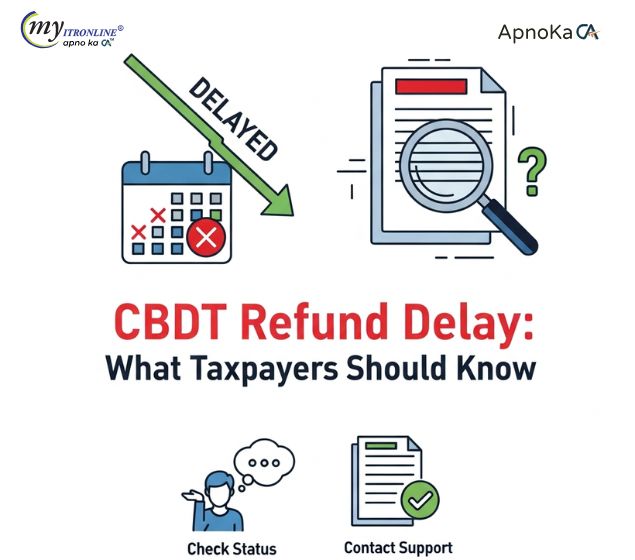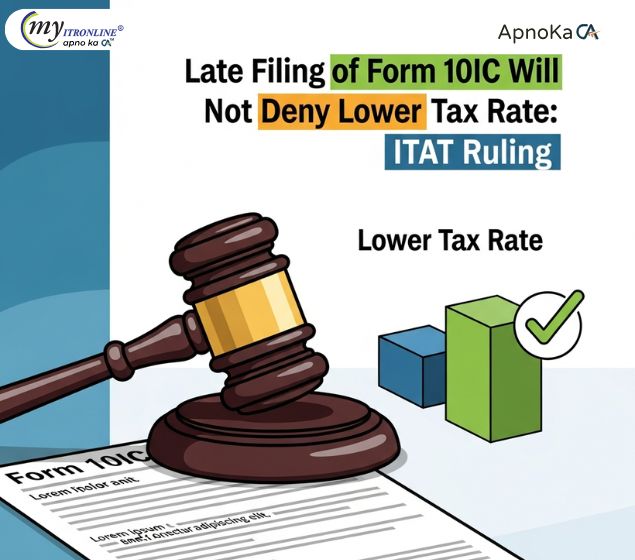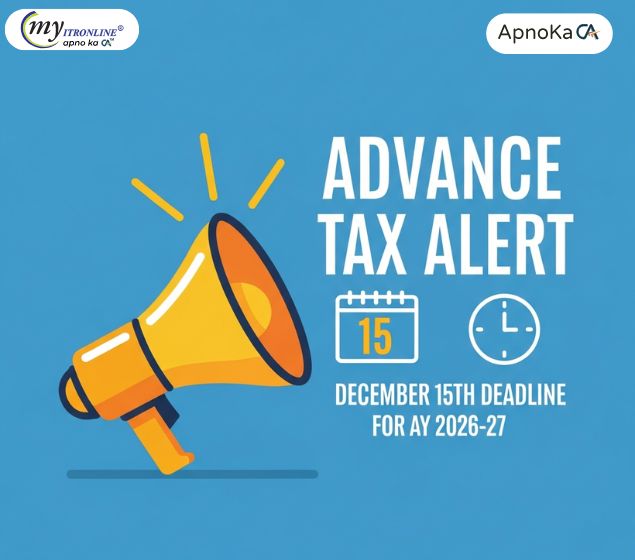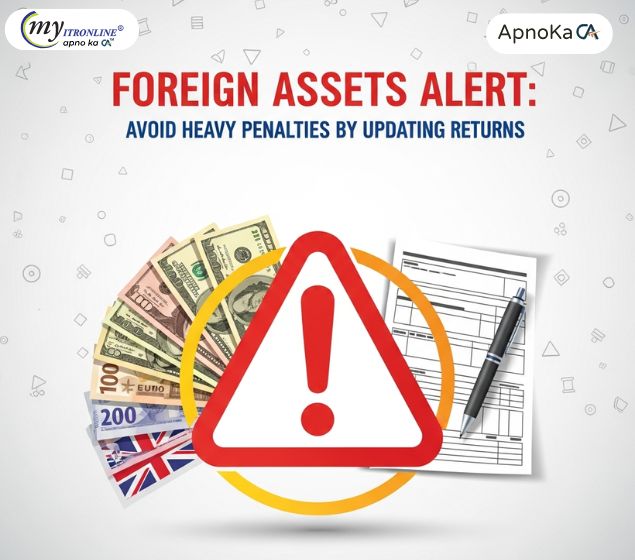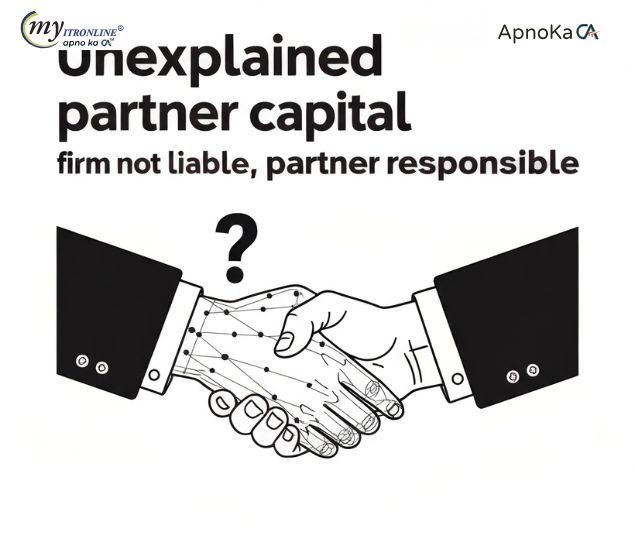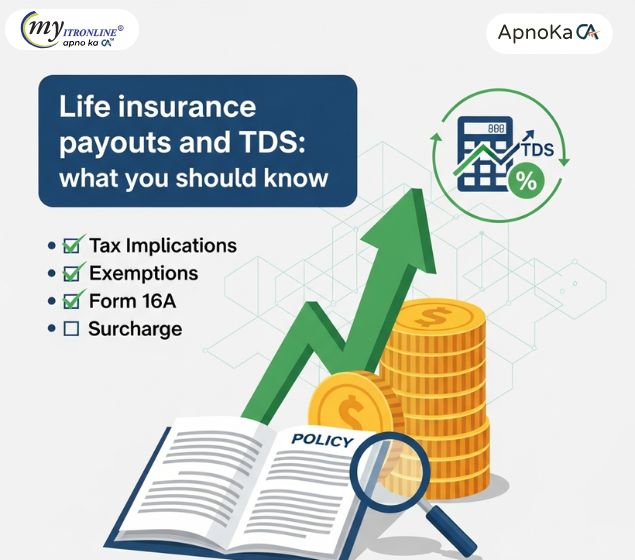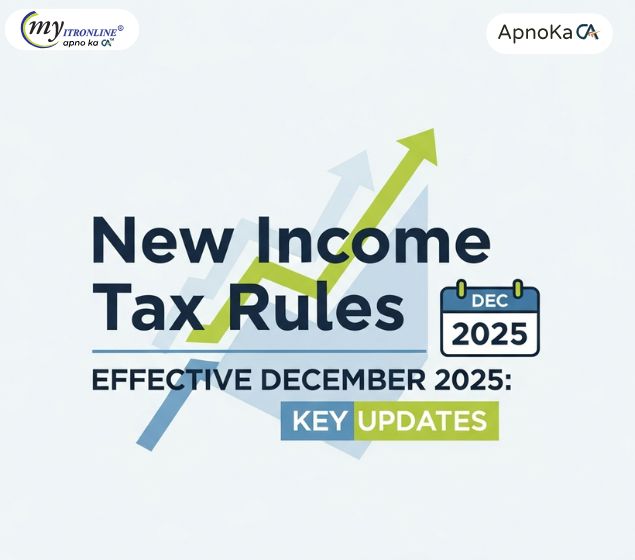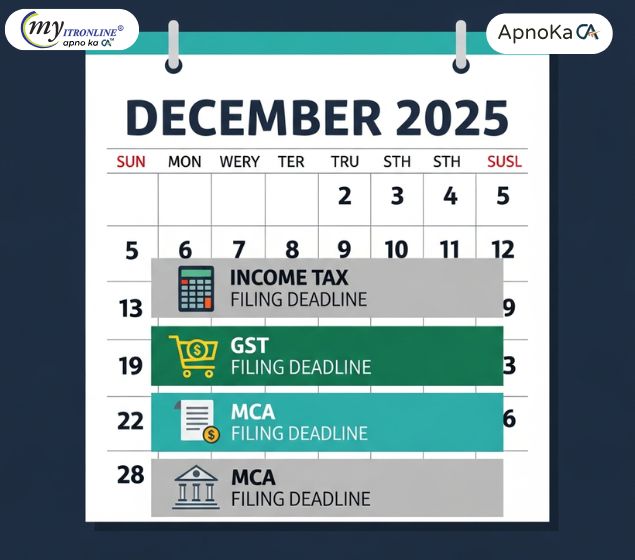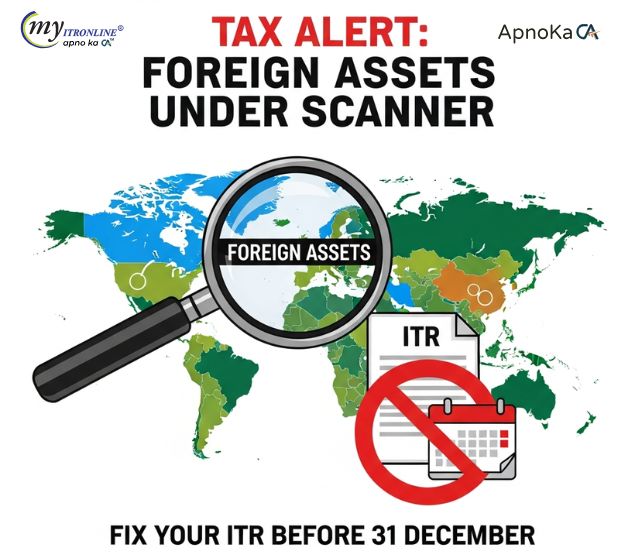Form 26A: Simple Steps for TDS Relief
This simple guide explains Form 26A and how it helps TDS deductors avoid being "at fault" under Section 201. It covers the benefits, conditions for filing, how interest is calculated, and important court decisions that provide relief. This resource is clear and easy to understand for managing TDS compliance.
.jpg )
Have you ever had issues with TDS (Tax Deducted at Source)? Perhaps you didn't deduct the tax, or you did but paid it late. If you deduct TDS as a business or an individual, receiving a notice from the Income Tax Department can be daunting. This notice usually falls under Section 201, indicating that you're "at fault" for mishandling TDS.
Luckily, there's a helpful form: Form 26A.
This guide will explain Form 26A in simple terms. We will cover what it is, its importance, how it protects you from Section 201 issues, and also discuss court decisions and interest. Let's simplify things!
What is Section 201? (Being "At Fault" with Tax)
First, let's clarify Section 201. If the person responsible for deducting tax (the "deductor") fails to do so, does not pay the deducted tax to the government, or pays it late, they are deemed "at fault" under Section 201(1) of the Income Tax Act.
Being "at fault" can lead to:
- The government asking you to cover the missing TDS.
- Extra money (interest) due to the delay.
- Fines (penalties).
This is where Form 26A becomes useful.
What is Form 26A? (Your Lifesaver Form)
Form 26A is a special request that you send to the Income Tax Department. It shows that, despite your TDS mistake, the recipient of the payment (the "deductee") has already paid taxes on that income.
Think of it this way: The government mainly wants to collect its tax revenue. If that money is already paid, even if it didn't come from your TDS deduction, they might let you off the hook.
Simply put, Form 26A informs the Income Tax Department, "Don’t hold me responsible for the main tax amount, because the person who received the money has already paid their share to you!"
Why is Form 26A So Important?
Form 26A is crucial because it serves as a strong defense against notices and demands under Section 201. If the department accepts it, you won't be considered "at fault" for the main tax amount.
Benefits of filing Form 26A include:
- No demand for the main tax: This is the biggest relief! The tax officer cannot request you to pay the TDS again if the person who received the income has already paid their tax.
- Less interest to pay: You might still owe some interest, but it will be for a shorter period.
- No fines: If you're not "at fault" for the main tax, you may also avoid penalties for not deducting tax.
What Do You Need to Do for Form 26A?
For Form 26A to work, these conditions must be met:
- The person who received the money (deductee) has paid their tax: This is the most critical rule. They must have reported that income in their tax return and paid the full tax on it.
- The deductee provides a sworn statement (affidavit): They must declare in writing (a legal document) that they received the income without TDS (or with reduced TDS) and have already paid the tax on it.
- The deductee obtains a certificate from their CA: They need a certificate from a Chartered Accountant (CA) on Form 26A, confirming that the income was included in their tax and the tax was paid.
- You (the deductor) file Form 26A online: You must submit this form electronically through the TRACES website, the official TDS site.
What About Interest? (Section 201(1A) Explained Simply)
This part can be a bit confusing, but we'll clarify it.
Section 201(1A) states:
- You pay 1% interest per month if you were late in deducting the tax.
- You pay 1.5% interest per month if you were late in paying the tax you deducted.
The Big Question: If the deductee has already paid the tax (and Form 26A is accepted), do you still need to pay interest for your delay?
The Simple Answer (from Courts):
Even though the tax department sometimes insists that you should pay full interest, various courts have disagreed. They generally hold that if the deductee has already paid the tax, you (the deductor) should not pay interest for the period after the deductee settled their tax.
Why? Because interest is meant to cover the money the government lost due to the delay. If the government already received the money, they haven't lost anything beyond that point.
So, how does interest work with Form 26A?
- Interest Period: You will likely pay interest (1% or 1.5% as necessary) only from the time you were supposed to deduct TDS until the deductee paid their tax (or filed their return, whichever happens first).
- No interest after deductee's payment: Once the deductee has settled their tax, you should not face additional interest for that specific tax amount.
Important Court Decisions That Help You:
Courts have generally agreed that if the tax is paid by the recipient of the income, the deductor shouldn't be excessively penalized. Here are some key rulings:
- CIT vs. Sant Ram Mangat Ram Jewellers: This important case stated that if the person who received the income has already paid tax on it, the deductor can't be deemed "at fault" for the main tax amount.
- CIT vs. Spice Communications Ltd.: The Delhi High Court clarified that if the income recipient has paid the tax, the deductor can't be labeled "at fault" for the tax component. Additionally, they ruled that interest should also cease once the tax is paid by the person who received the income.
- New Rule in Section 201(1) (from June 1, 2015): The law was changed to clarify this! It states that if the recipient files their tax return, includes that income, and pays tax on it, you (the deductor) will not be seen as "at fault" for that tax.
However, you will still owe interest from the date you were supposed to deduct tax until the date the other person filed their tax return. This change makes it official.
These rules, supported by court decisions and the law itself, offer significant assistance to those who deduct TDS.
How to File Form 26A (Simple Steps)
- Receive a notice from Income Tax: You'll usually receive a letter indicating you're "at fault."
- Talk to the person you paid (deductee): Inform them about the notice and ask for their help.
- Deductee's Actions:
- They need to ensure they reported that income in their tax return.
- They need to confirm they paid tax on it.
- They need to provide you with a sworn statement (affidavit) confirming these facts.
- They need to obtain a certificate from their CA (this certificate is part of Form 26A).
- Your Action (File Online):
- Log in to your TRACES account (the TDS website).
- Navigate to "Statements/Forms," then "Form 26A."
- Fill in all the details carefully: your TAN, the deductee's PAN, the amount, etc.
- Upload the required documents (mainly the CA certificate and details from the affidavit).
- Submit Form 26A.
- Tax Department Checks: The Income Tax Department will verify what you submitted against the deductee's tax return. If everything aligns, you'll receive relief.
Important Things to Remember:
- You need a TAN: You must have a TAN (Tax Deduction and Collection Account Number) to manage TDS and file Form 26A.
- Get PANs of buyers/receivers: Always collect the PAN (Permanent Account Number) from the people you pay. If they don't provide it, you may have to deduct TDS at a higher rate.
- Be accurate: Double-check all information before filing. Mistakes can create problems for everyone.
- Keep records: Save all documents related to TDS you deducted, paid, and the receipts.
Conclusion
Form 26A is a valuable tool for those who deduct TDS. It helps you address situations where you made a TDS error but the tax still reached the government through the person you paid. While you might still owe some interest for the initial delay, you can avoid the main tax demand.
By acting promptly, obtaining the right paperwork from the payee, and submitting Form 26A correctly, you can protect yourself from hefty fines. Always consult a tax expert if you're uncertain about anything. Staying organized and understanding your options can make tax matters much easier!
FILING YOUR INCOME TAX RETURN F.Y 2024-25 (A.Y. 2025-2026) WITH MYITRONLINE
The income tax filing deadline is right around the corner. If you haven’t filed yet, do it today with Myitronline! Avoid last minute rush and file your tax return today on MYITRONLINE in Just 5 mins.(www.myitronline.com)
If you are looking for eCA assistance to file your income tax return/ GST, you can opt for MYITRONLINE eCA assisted plan starting
Upload Salary Individual Form-16
If you have any questions with filing your tax return, please reply to this mail. info@myitronline.com OR call 9971055886,8130309886.
Note-All the aforementioned information in the article is taken from authentic resources and has been published after moderation. Any change in the information other than fact must be believed as a human error. For queries mail us at marketing@myitronline.com
Krishna Gopal Varshney
An editor at apnokacaKrishna Gopal Varshney, Founder & CEO of Myitronline Global Services Private Limited at Delhi. A dedicated and tireless Expert Service Provider for the clients seeking tax filing assistance and all other essential requirements associated with Business/Professional establishment. Connect to us and let us give the Best Support to make you a Success. Visit our website for latest Business News and IT Updates.
Leave a reply
Your email address will not be published. Required fields are marked *Share this article
Krishna Gopal Varshney, Founder & CEO of Myitronline Global Services Private Limited at Delhi. A dedicated and tireless Expert Service Provider for the clients seeking tax filing assistance and all other essential requirements associated with Business/Professional establishment. Connect to us and let us give the Best Support to make you a Success. Visit our website for latest Business News and IT Updates.
View articles








